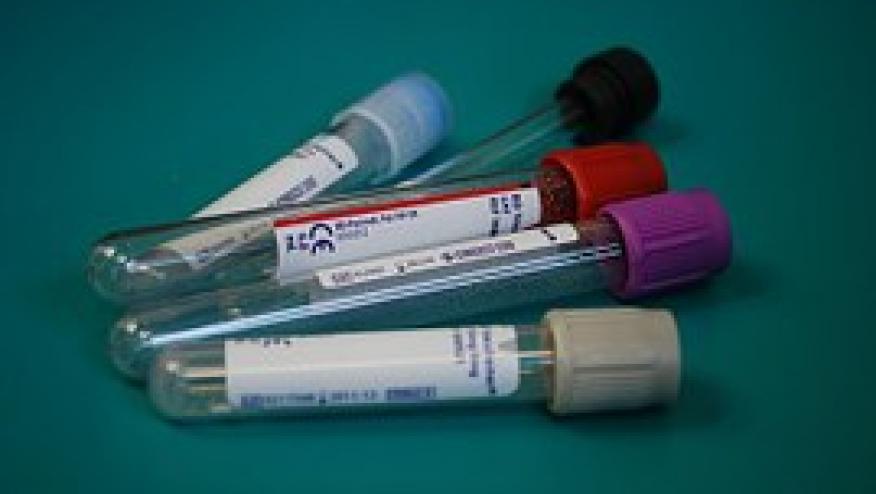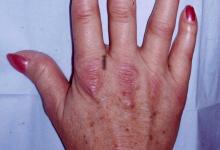Predictors of Developing RA Save

A prospective cohort study of seropositive arthralgia patients demonstrated that baseline characteristics and labs can be used to predict which arthralgia patients are at highest risk of developing rheumatoid arthritis (RA). These studies underscore the influence of anti-citrullinated protein antibodies (ACPA) and/or rheumatoid factor (IgM-RF).
The cohort included 617 seropositive arthralgia individuals recruited between 2004 and 2019 at the rheumatology outpatient clinics in Amsterdam, Netherlands. Participants were required to have no synovitis on exam and had not received glucocorticoids or disease modifying anti-rheumatic drugs (DMARDs). Most were women (74.4%), with a mean age of 50 years. Tests revealed that 39% were IgM-RF positive, 31% were ACPA positive, and 30% were double positive for both.
The mean time to develop arthritis was 19.6 months in 34%. Significant risk factors for developing RA included:
- first-degree relatives of RA (HR= 1.50)
- intermittent symptoms (HR = 1.64) \
- symptoms for less than 12 months at inclusion (HR >12 months = 0.71)
- morning stiffness ≥1 hour (HR = 1.63),
- reported joint swelling (HR = 1.51)
- high ACPA titres (HR = 4.65)
- double positivity for ACPA and IgM-RF (HR = 6.83)
The risk of developing arthritis was 58.2% when at least 3 variables were present.
Seropositivity, especially high titer ACPA or double positivity persons were at highest risk of developing RA. This risk was augmented by other baseline clinical characteristics.
ADD THE FIRST COMMENT
Disclosures
The author has no conflicts of interest to disclose related to this subject











If you are a health practitioner, you may Login/Register to comment.
Due to the nature of these comment forums, only health practitioners are allowed to comment at this time.